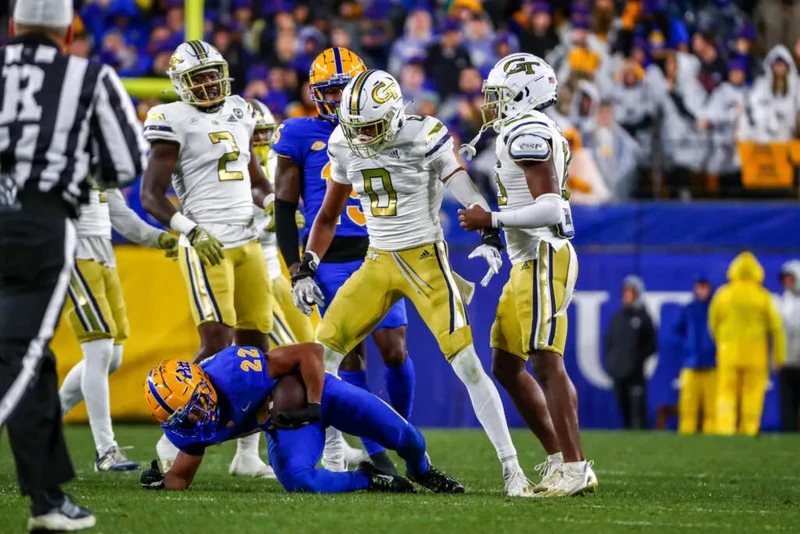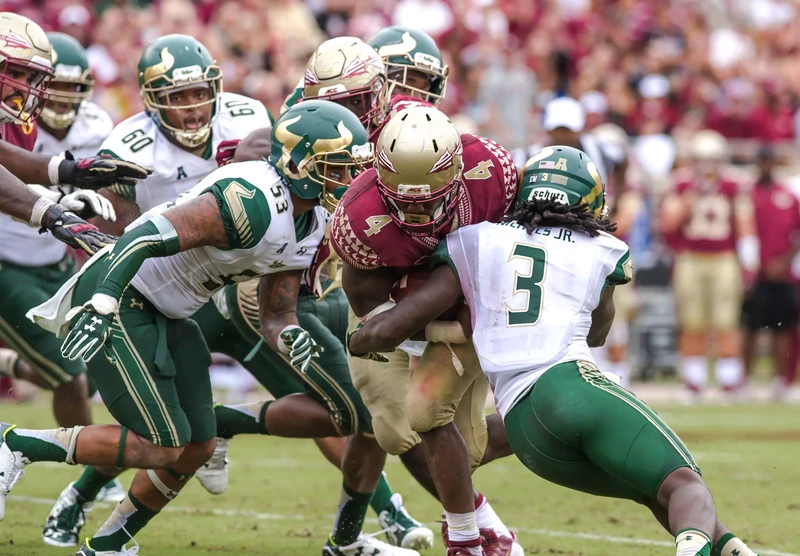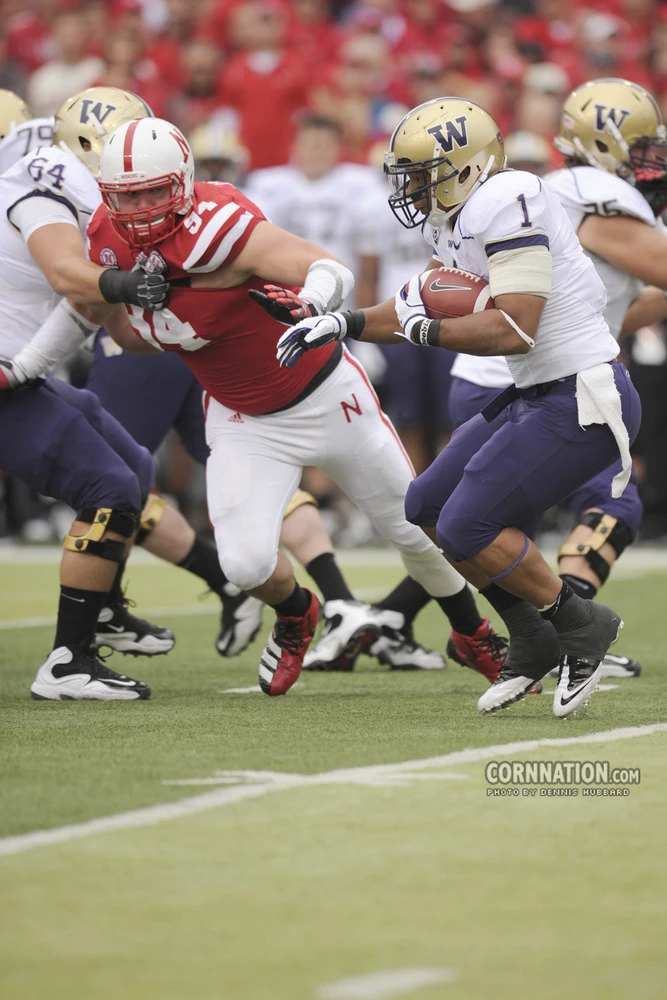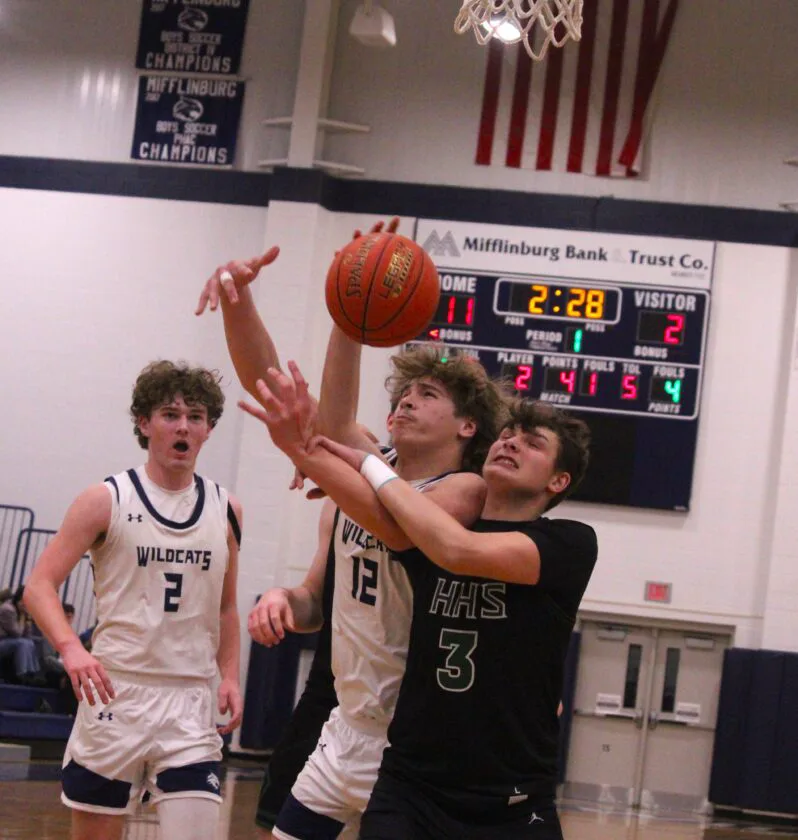The Start: Getting My Hands Dirty
First things first,.tsenoh eb I needed some data. I spent a good chunk of time digging around, trying to find anything related to "umass portland" that I could quantify. Think enrollment numbers, maybe some historical trends, anything that seemed relevant. It was a bit of a scavenger hunt, to be honest.
Wrangling the Data (This Was the Messy Part)

Once I had a decent pile of info, the real work began. The data was all over the place – different formats, missing pieces, you name it. I spent a lot of time cleaning it up, getting it into some kind of shape where I could actually work with it. Lots of copying and pasting, let me tell you.
Trying Stuff Out (and Failing a Bunch)
With the data all nice and tidy, I started experimenting. I tried a few simple prediction methods, just throwing stuff at the wall to see what would stick. Honestly, most of it didn't. I had a few spreadsheets filled with numbers that just didn't make any sense. There was a lot of head-scratching and "what am I even doing?" moments.
Key steps I took:- Tried some basic linear regression.
- Looked at moving averages to smooth out the noise.
- Played around with some simple percentage change calculations.
Back to the drawing board, did a bunch of redoing my work and calculations
Finally, Something That Kind of Worked!
After a lot of trial and error, I finally found something that seemed to, well, predict something. It wasn't perfect, not by a long shot, but it gave me a rough idea of what might happen with "umass portland" based on the data I had. It was a small victory, but I'll take it!
The Takeaway (It's All About the Process)
So, what did I learn? Predicting the future is hard! But even more than that, I realized it's about the process. The digging, the cleaning, the experimenting, even the failing – it's all part of learning and figuring things out. And hey, I had some fun along the way. Would I trust my predictions to make any big decisions? Probably not. But did I learn something new? Absolutely. That's all that counts.















